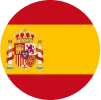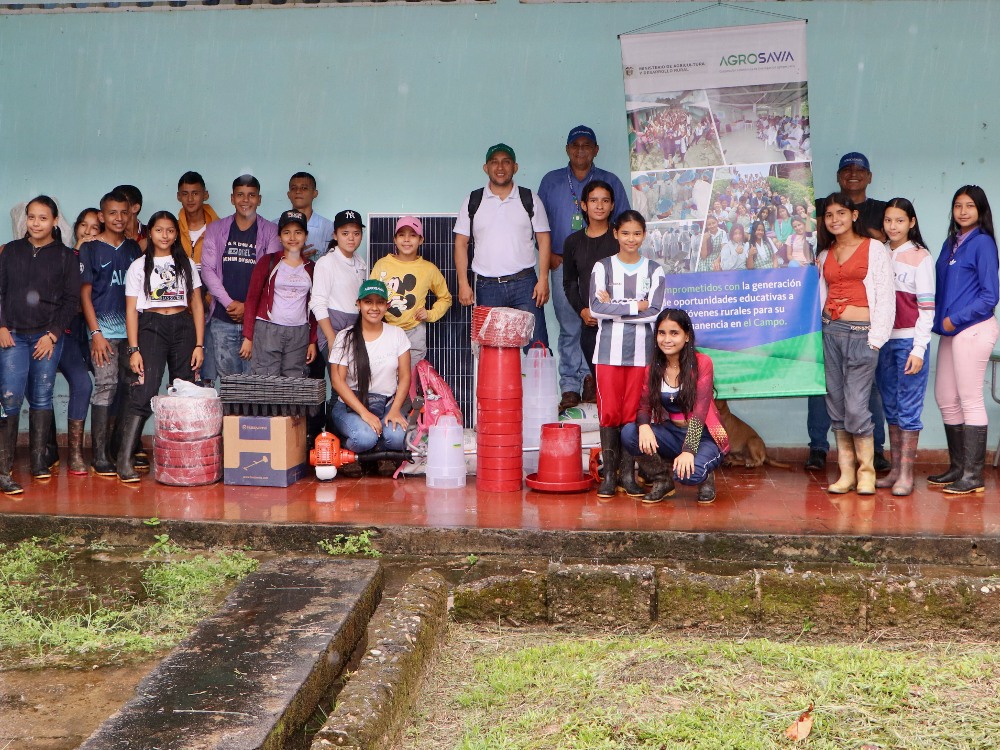Florencia, Caquetá. August 24, 2023. With the objective of supporting and complementing their training with relevance and quality and by improving the training environments at the Puerto Manrique educational institution with an agricultural vocation located in the municipality of Doncello – Caquetá, a workshop was carried out focused on the production of hydroponic green fodder for animal feed. This activity was carried out within the framework of the Rural Youth project led by Corporación colombiana de investigación agropecuaria – AGROSAVIA and financed by the Ministry of Agriculture and Rural Development of Colombia.
In this context, Núñez-Torres and Guerrero-López consider that: "Currently and in critical times of confinement, hydroponics is a viable alternative that allows the production of plant biomass derived from the initial development of plants in the stages of germination and early growth of seedlings from viable seeds. It is the sowing of crops without soil. This method facilitates the productive, sustainable, and ecological development of plants. Hydroponic crops are developed in a culture medium or system fed by a nutrient solution that offers the precise food for the entire growth period of the fodder, free of pesticides and fungicides. With this, we get healthy food for feeding domestic animals. In addition, it allows using simple or complex structures for fodder production, taking advantage of spaces or areas such as terraces, infertile soils, rugged terrain, and technical or traditional greenhouses.”
Additionally, the research group from the Florencia Headquarters worked on other issues related to nursery management for the production of forage plants destined for mixed banks for bovine feeding, information recording in the cattle herd, identification and numbering of bovines and the importance of production costs in livestock, encouraging the interest of young people in a profitable and environmentally friendly production, making the most of local forage resources. Both the production of hydroponic green fo andl as the mixed forage banks, allow the production of food in small spaces for animal nutrition and feeding.
For AGROSAVIA, it is essential to support the strengthening of the capacities of educational institutions with medium technical agricultural training in such a way that they generate life options and income opportunities for rural youth, giving them the possibility of remaining in the field for which, training in accordance with the productive opportunities of their territory is essential, particularly in agricultural activities with a sustainable approach.
- More information here:
- José Dario Ule Rodriguez
- Communications, Identity and Corporate Relations Professional
- Office Florencia
- Communications, Identity and Corporate Relations Advisory Office
- jule@agrosavia.co
- AGROSAVIA





